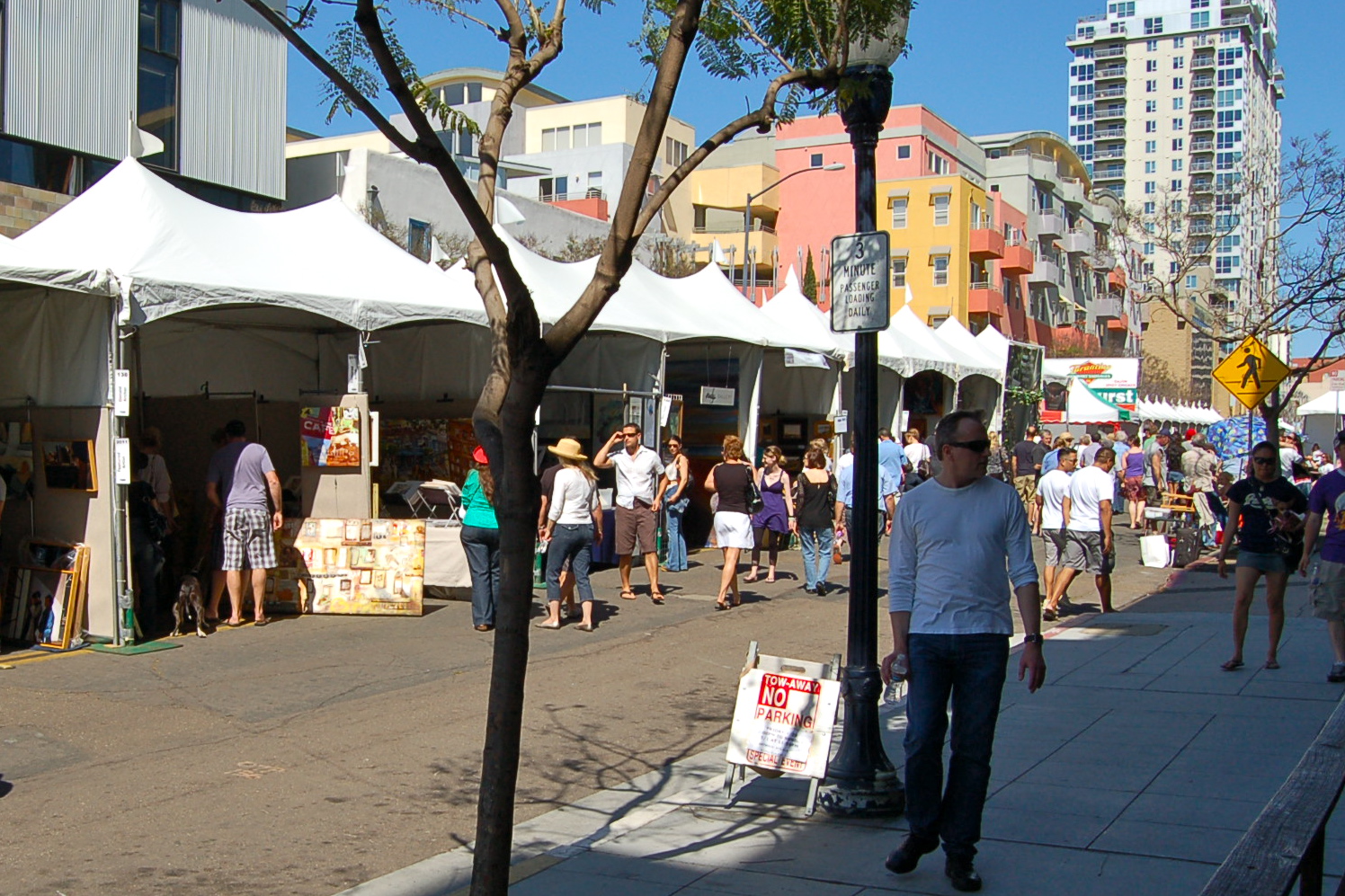
SANDAG is working on a multi-million dollar plan that’s expected to restore sand to nearly every beach in San Diego County. NBC 7’s Adonis Albright explains.
Among many things, San Diego is known for its beaches -- most of which are purely sandy. But over time, San the Diego Association of Governments said that sand has eroded, and now there's a plan to restore it. Torrey Pines State Beach is on the list of beaches that could potentially receive some of that sand.
"Beach sand is not static. It's pushed downshore by waves, it's taken offshore during high winter waves, brought back onshore during the summer. But all that movement of sand means there's a net loss of the sand," said Dr. Pat Abbott, a professor emeritus of Geology at San Diego State University (SDSU).
Stream San Diego News for free, 24/7, wherever you are with NBC 7.
The sand that lines our beaches, according to Dr. Abbott, has an important role to play. It acts as a natural barrier from waves during the storms, but it also serves an aesthetic purpose.
"We love sand, people love sand, tourists love sand, so they want to bring sand back on the beach as they do every 10 or 15 years to try and load up the beaches with sand again knowing full well that it will disappear and will have to be brought again," said Dr. Abbott.
Get top local San Diego stories delivered to you every morning with our News Headlines newsletter.
SANDAG is leading the charge on this sand replenishment project. If all goes according to plan, it would be the third project of its kind, with the first happening in 2001.
"Sand restoration projects typically need to be performed every five to ten years to maintain the width of our region's beaches, though some areas retain sand better than others," the agency said in an email to NBC 7.
The last project in 2012 saw 1.5 million cubic yards of sand placed on various beaches around San Diego County, with a price tag of $26 million. SANDAG said that this time around, the plan is expected to triple the amount of sand restored to beaches and cost roughly $260 million.
Local
"With this project, SANDAG is evaluating methods to retain sand longer, such as more frequent nourishments with smaller sand volumes, using a larger grain size, optimizing the timing of placement during the year, and creating a longer and narrower sand footprint," SANDAG said.
According to the agency, the higher cost is due to several factors, including inflation, the larger scale of the proposed beach nourishment, the costs associated with mobilizing a hopper dredge — a specific dredging ship that travels from the East Coast through the Panama Canal — and a proposed 41.5% contingency to account for the current level of design.
A feasibility study for the project is in the works, and is expected to be finished by July.


